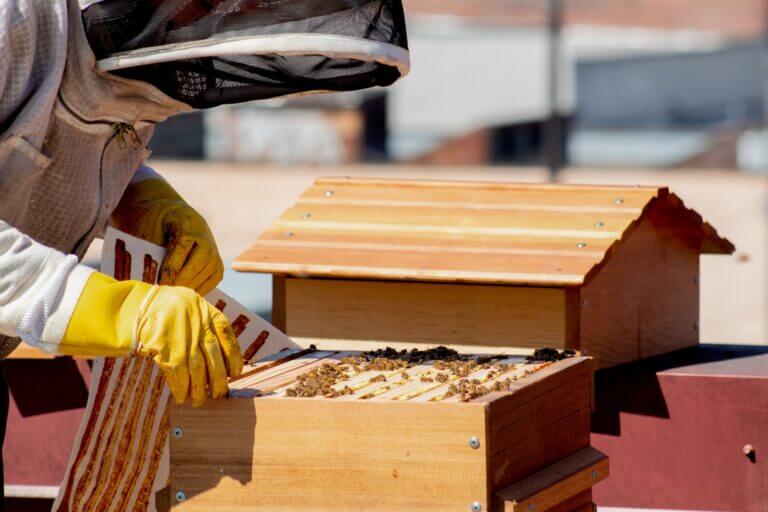Bees go through a complex series of transformations in their development from egg to fully grown adult. Understanding the bee life cycle provides fascinating insights into the biology and behavior of these important pollinators. This visual guide will break down the four key stages of metamorphosis that bees undergo during their lifetime.
| Stage | Description |
|---|---|
| Egg | The life cycle begins when the queen bee lays an egg. |
| Larva | The egg hatches into a larva, which is fed by worker |
| bees with royal jelly and pollen. | |
| Pupa | The larva then spins a cocoon and transforms into a |
| pupa. During this stage, it undergoes metamorphosis. | |
| Adult Worker | The pupa emerges as an adult worker bee. Worker bees |
| perform various tasks in the hive, such as cleaning, | |
| nursing, foraging, and guarding. | |
| Adult Drone | Some eggs develop into male drones, which are larger |
| than workers and serve the sole purpose of mating | |
| with a queen. | |
| Adult Queen | A few eggs are specially fed royal jelly and develop |
| into queen bees. Queens are larger and lay eggs in the | |
| hive. They are the only fertile females in the hive. |
Charting the bee life cycle reveals the complex changes bees undergo as they transform from tiny eggs into essential pollinating insects. Appreciating the biology behind their development can help us better understand the hard-working honeybee.
Bee Life Cycle Time Checklist:
-
Egg Stage (Days 1-3):
- Queen bee lays eggs in the hive.
- Monitor egg-laying frequency.
-
Larva Stage (Days 4-9):
- Observe larval development.
- Ensure worker bees are providing sufficient royal jelly and pollen.
-
Pupa Stage (Days 10-21):
- Check for the presence of sealed brood cells.
- Maintain stable hive conditions to support pupal development.
-
Adult Worker Stage (Days 22-42):
- Look for newly emerged worker bees.
- Monitor worker bee activities such as cleaning, nursing, and foraging.
-
Adult Drone Stage (Days 22-46):
- Identify the presence of male drones.
- Ensure proper drone mating areas if breeding is desired.
-
Adult Queen Stage (Days 22-38):
- Identify the presence of a new queen.
- Observe mating flights of the queen, if applicable.
- Monitor the queen’s egg-laying activity.

